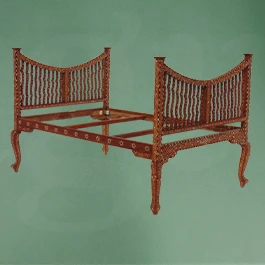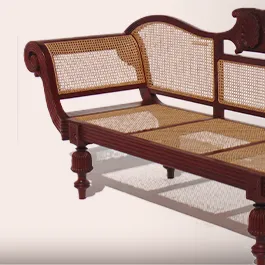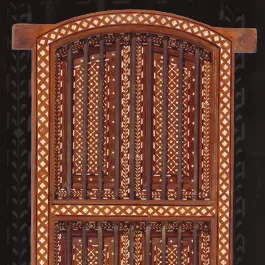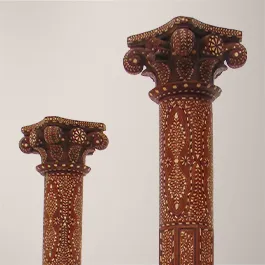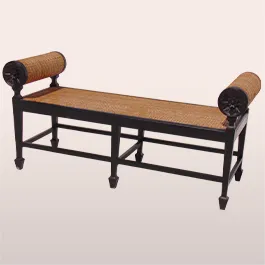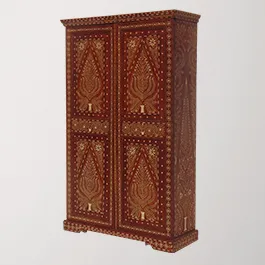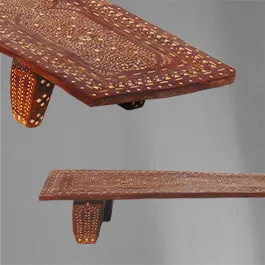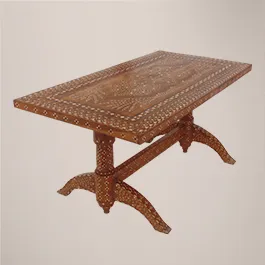Indo - Portuguese
XVII - XX Century / Furniture
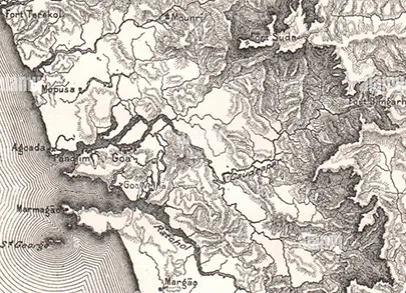
Goa
The history of Goa is turbulent, and colonialism did not do good to everyone there either. But culturally and socially, the colony is most interesting.
From 1510 till 1964, the Portuguese held the lands. Alongside fortresses, ecclesiastical buildings dominated the skyline of most Portuguese settlements, particularly in Goa, giving the city a distinctly European and Catholic flavour and a high profile to the Church. About 600 clergymen were concentrated in Goa out of perhaps 1800 east of the Cape of Good Hope in 1630. Nevertheless, the European and Christian Eurasian community in any Portuguese settlement of that State always constituted a minority, no more than 7% in the case of Goa, the rest being Hindus, Indian Christians, other Asians and Africans, free or enslaved.
For these reasons, the State was culturally hybrid, distant as it was from Europe, with the façades and interiors of churches blending Portuguese and Asian iconographic traditions and the art showing a magnificent blend between cultures, while the domestic culture was likewise a compromise between East and West, with furniture, dress and food often more Asian than Portuguese.
After the Portuguese arrived in India, they built an extended network of trading ports and fortresses along the Indian coastline, a process they continued further into Asia. An ever-expanding catalogue of novel and exotic items excited European collecting, leading to distinct markets for Asian luxury objects. Perhaps more importantly, Portuguese settlements in India required furnishings suited to European habits of life. This demand built local production including different production centers scattered along the Indian coast where Portuguese settlements were numerous, resulting in objects of inherently hybrid character, where furniture following European prototypes was crafted with tropical woods (mostly rosewood and teak) and embellished with carving work or inlays of exotic materials such as ivory, mother-of-pearl, or tortoise shell (bone inlay was also often used). Through officially established or independent merchants, the Portuguese commissioned enormous quantities of rarities.
Indo-Portuguese furniture was produced in almost all coastal regions of India, in the Mughal Empire and Ceylon. Typical items were chests, cabinets, traveling trunks, writing boxes, trays, and cofers, small and portable objects to serve Portuguese officials, settlers, traders, and noblemen. Also, the religious orders and missionaries acquired portable altars, oratories, lecterns or other fittings for Christian churches built in the Portuguese territories in India.
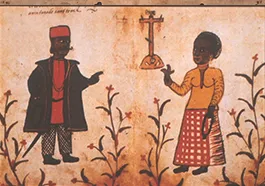
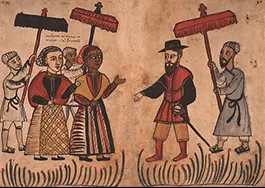
What is Indo- Portuguese furniture?
Contrary to popular belief colonial furniture was started by Portuguese in the 1500s. When the Portuguese arrived at India they found that Indians did not have the tradition of ‘elevated’ furniture. Indians dined and socialized while sitting cross-legged on the floor, either on exquisitely woven carpets, dhurries or other floor coverings. Furthermore, there was no infrastructure at that time to create furniture.
Portuguese then started importing furniture from their homelands as they settled in. Later, as they noticed that local artisans were skilled handicraftsmen they started manufacturing the furniture in the Goa region.

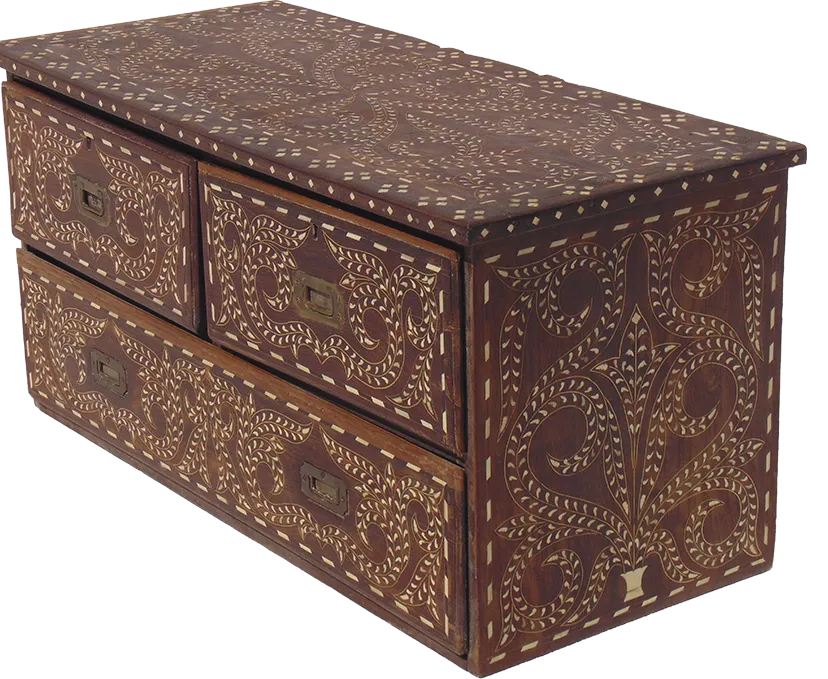
Indo-Portuguese Furniture style:
As you read earlier, the Portuguese, with the help of local artisans started manufacturing furniture in Goa. The Goan craftsmen created a distinct style which is distinguished in the history of furniture.
While the basic shape of the furniture has a European origin, the motifs and decoration are often Indian. Many Goan fruits such as Cashew and Churna can be seen depicted in the design of the handmade antique furniture in Goa.
The XIX and XX century witnessed a considerable decline in the Portuguese trade in India. This lead to a more extensive commerce with England, resulting in a new Indo-Portuguese furniture style: The Indo-Portuguese furniture for the English market.
